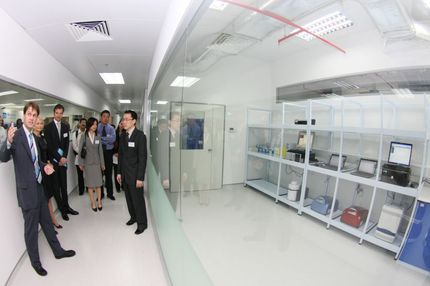Top three therapy areas account for 68% of overall pharmaceutical industry pipeline
Advertisement
The top three therapy areas – namely oncology, infectious diseases and central nervous system (CNS) disorders – accounted for a combined 68% of the overall pharmaceutical industry pipeline as of Q1 2016, according to business intelligence provider GBI Research.
The company’s Innovation Tracking Factbook 2016 states that oncology is by far the largest therapy area, with almost 7,000 products in active development, almost matching the combined size of the next two therapy areas, infectious diseases and CNS disorders, which each have over 3,000 products in active development.
However, there is a great deal of pipeline activity in the next few therapy areas, with immunology, metabolic disorders and cardiovascular diseases each having pipelines consisting of over 1,000 products.
Dominic Trewartha, Managing Analyst for GBI Research, says: “The pipelines in these therapy areas are the largest because they have substantial patient populations and strong unmet needs within the indications that account for the majority of patients in each area.
“Oncology is a rapidly growing therapy area, in terms of both me-too and first-in-class oncology products. This growth was generally substantial in Q1 2016, with the largest three indications in terms of the number of products – namely breast, lung and colorectal cancer – each exhibiting pipeline growth in excess of 15%.”
GBI Research’s report also states that the overall pharmaceutical industry pipeline increased by 5% in Q1 2016. This trend generally holds true across all therapy areas, with only CNS disorders and immunology having marginally decreased in size. The most rapid growth was witnessed in the smallest therapy areas, led by women’s health, which grew by 55% in Q1 2016.
Trewartha continues: “Virtually all therapy area pipelines increased in size in Q1 2016, and within certain therapy areas, particularly in oncology, the majority of major indications have seen their pipelines increase in size since 2015.
“Although the majority of these pipeline products are at an early stage of development, meaning their safety and efficacy profiles are generally unproven, the large overall pipeline size demonstrates that there is likely to be a steady stream of incremental and breakthrough innovation that reaches the various disease markets in the foreseeable future.”




















































